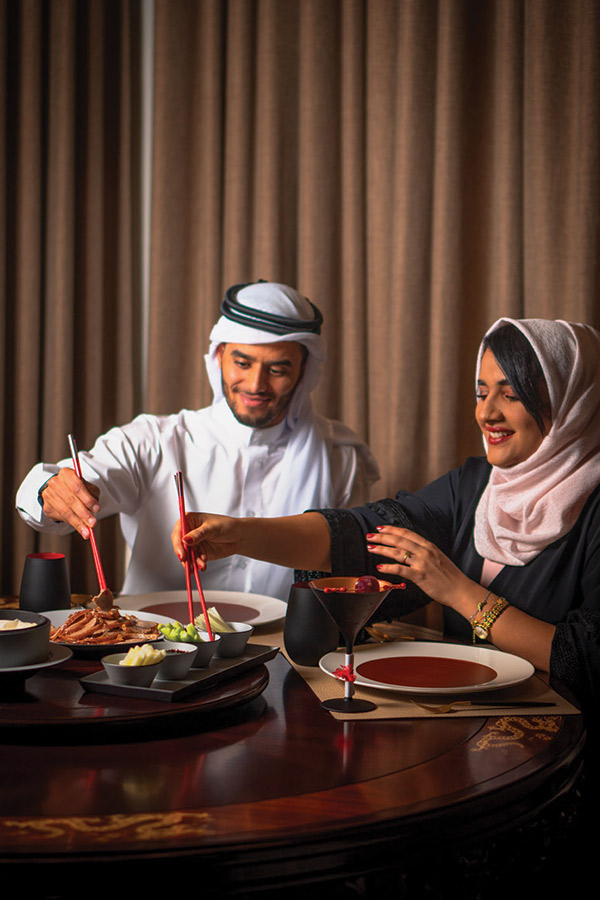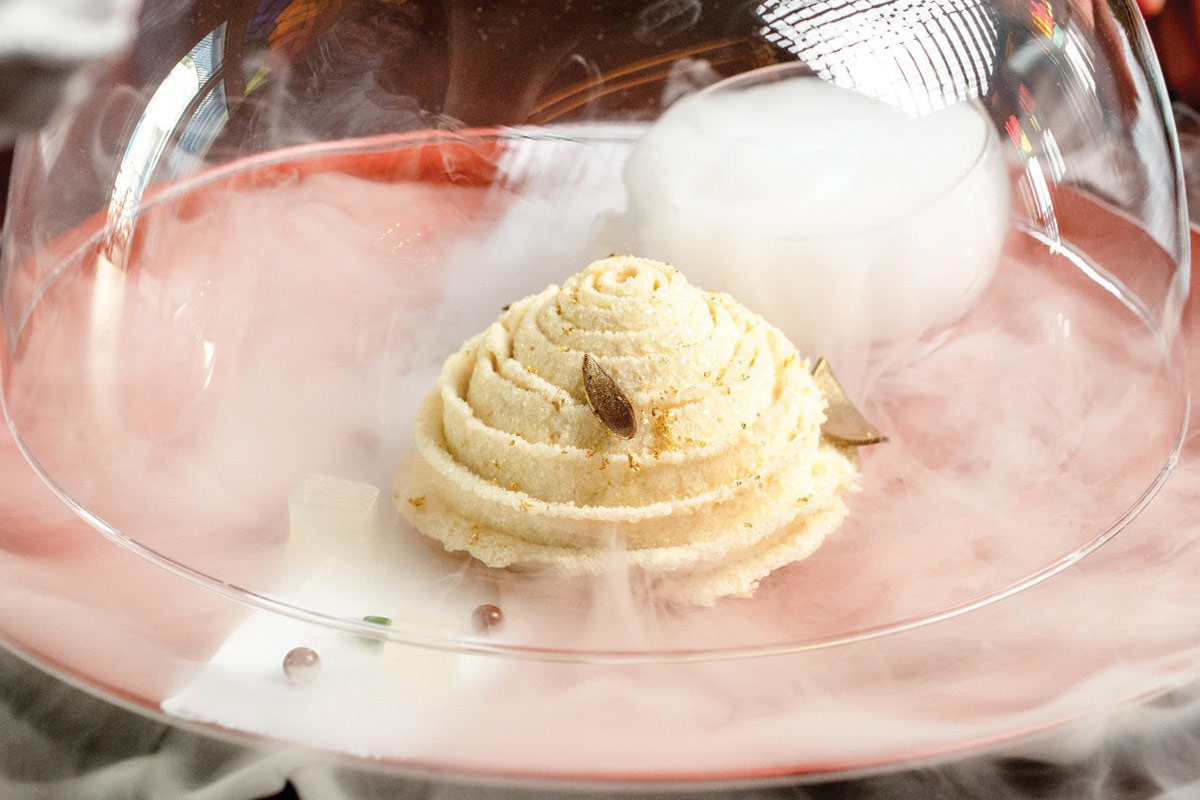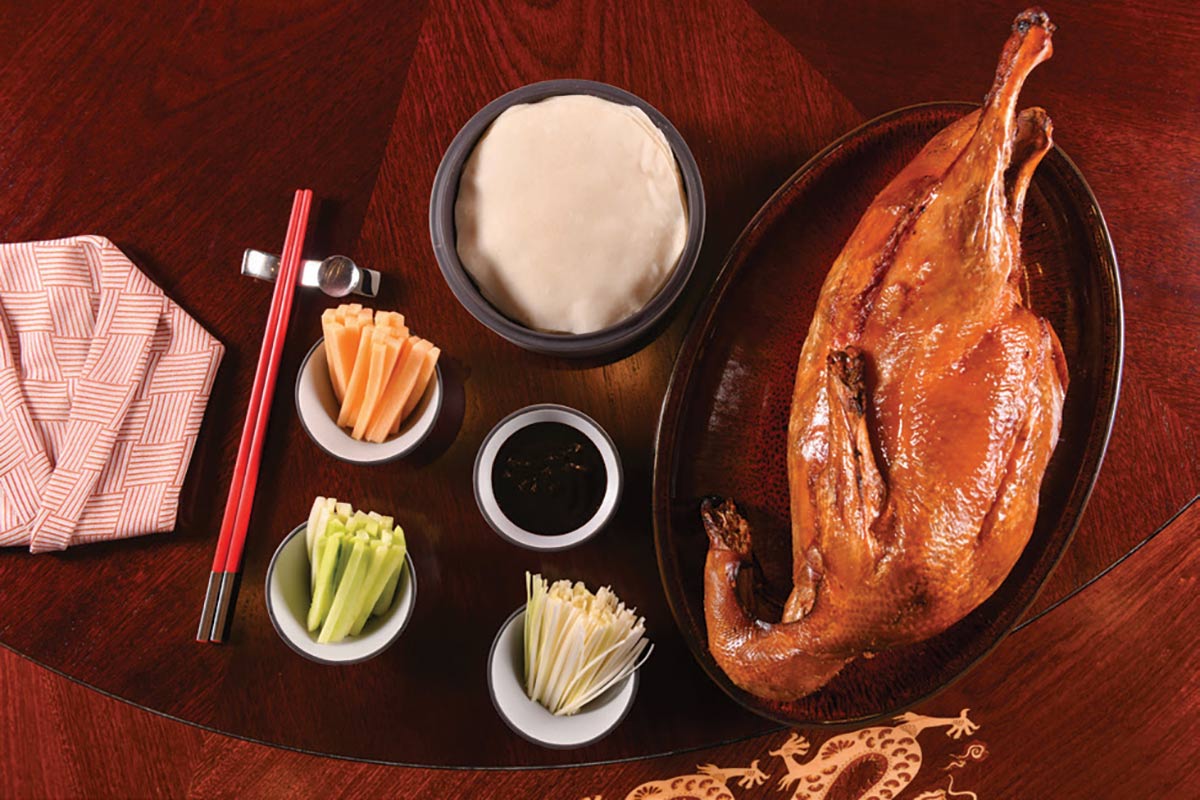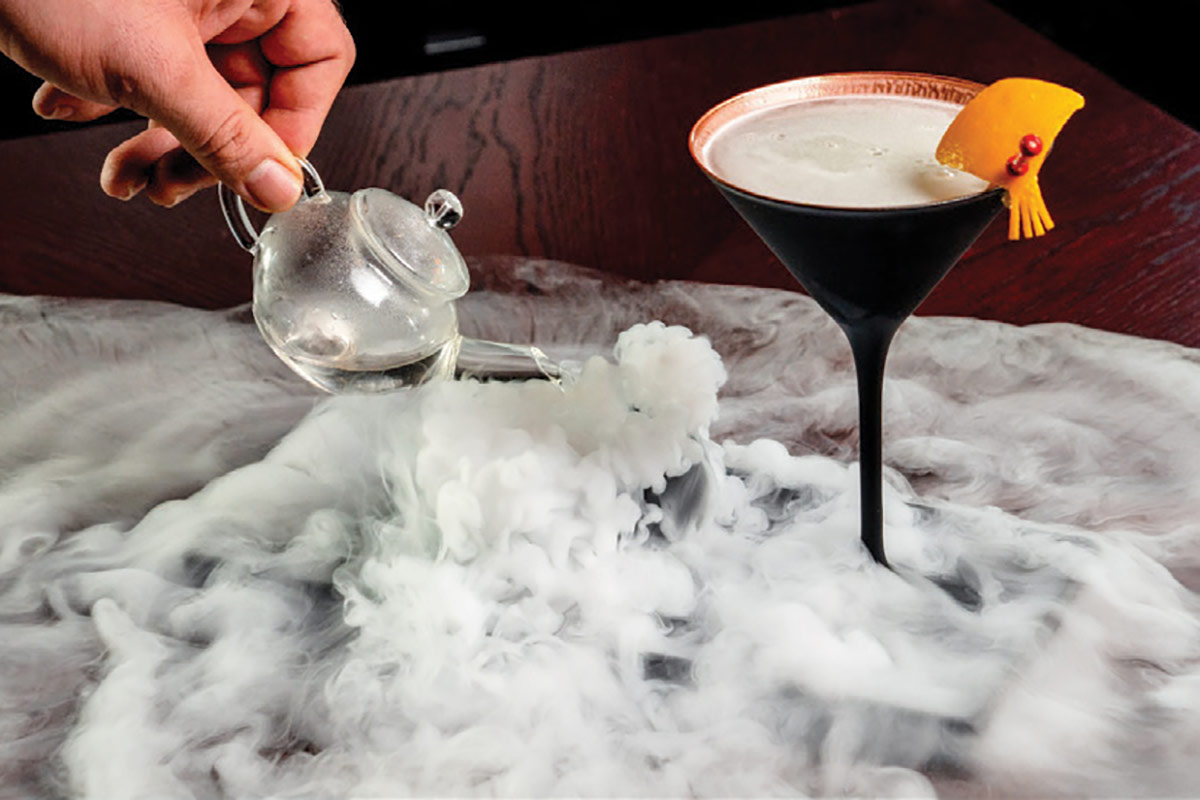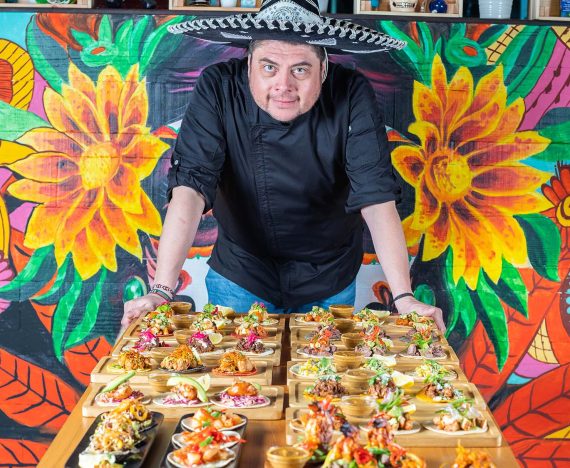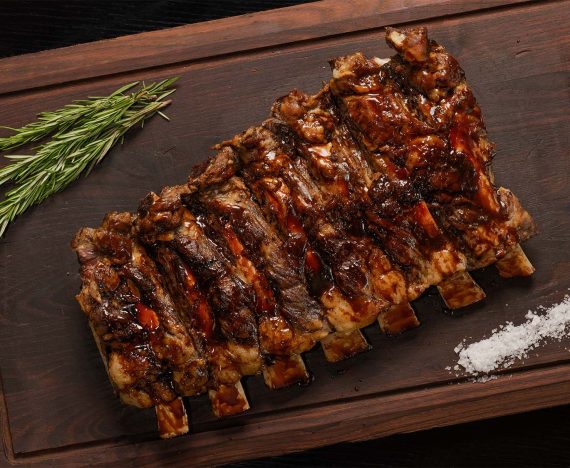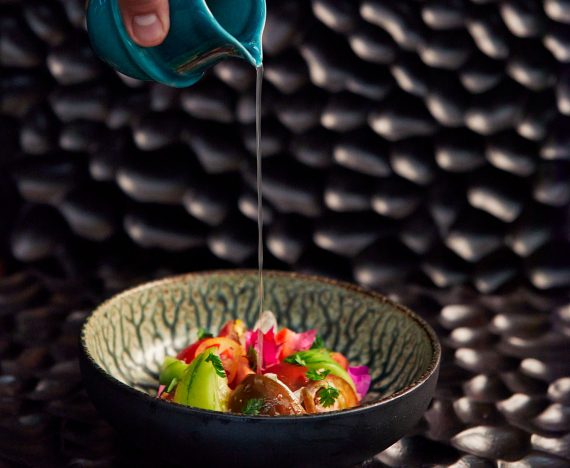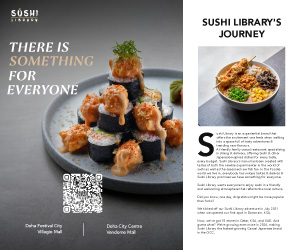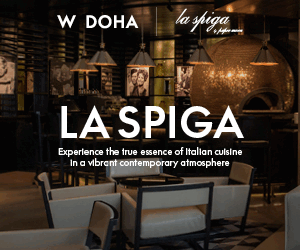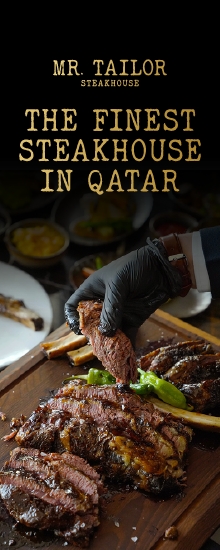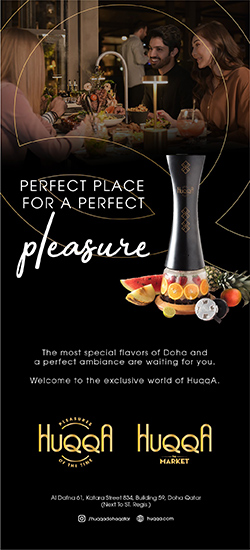THE REAL DEAL

Kalvin Ng discovers the joy of authentic Chinese goodness with a trip to Miss Wong.
As someone of Chinese heritage, finding good Chinese food in Qatar can sometimes be a challenge. Miss Wong steps up to the plate by offering a culinary tour of China, all within the elegant settings of the Hilton Salwa Beach Resort and Villas.
The journey began with a golf cart ride to the restaurant building, where we announced our arrival by striking a gong at the entrance. The interior is opulent yet modern. Orchids and porcelain vases sit atop lacquered red and black surfaces. Characters representing four of the 12 animals in the Chinese zodiac – horse, dragon, rabbit and tiger – adorn the walls. Panels divide the dining area to provide privacy, while four private dining rooms and a large function room on the second floor serve as ideal spaces for celebrations.
The restaurant tells the story of Miss Wong, who grew up among woks, pots and the scent of spices. Her curiosity would take her across China’s regional cuisines, all with their distinct ingredients and tastes.
We took off with a balanced hot and sour seafood soup, followed by a fresh wood ear mushroom and cucumber salad, the sweet, sour, salty and spicy mix bursting on the tongue in an explosion of tastes and textures, the meaty cooked fungi contrasting beautifully with the raw cucumber. Then, we headed to southwestern China with a Szechuan Spicy Icy Jelly salad. Mung bean jelly is tossed with cashew nuts, corn flakes, aged vinegar, coriander, and chilli oil infused with Szechuan peppers to give it the signature numbing spiciness of Szechuan cuisine. It’s a mystery that something bringing this level of heat manages, at the same time, to be both flavourful and satisfying.
The starters were accompanied by a refreshing Cup of Wonder mocktail featuring an innovative combination of rice grape vinegar, spiced oolong tea and ginger ale.
After a brief stop to devour delicate dumplings – definite comfort food with a variety of fillings which not only taste amazing but are also a treat for the eyes with their delicate colours – the culinary chariot headed north to Beijing for Peking Duck. The chef, with 15 years of experience roasting ducks to perfection, paired the succulent slices with a soybean-based sauce instead of Hoisin, which made for a welcome variety in the taste experience without losing any of the traditional piquancy of the bird’s tender flesh.
That was followed by one of the stand-out dishes: Cumin and Chilli Spiced Roast Lamb Skewers with a hint of smokiness from the charcoal. The meat was mouth-wateringly tender, the juices spilling forth as we bit into it and the spices delicately mingling complemented by the smokiness.
Miss Wong’s open kitchen gives diners a chance to see how the silky, hand-pulled noodles are made, before they’re submerged in a hearty broth with braised short ribs. By now, we were only halfway through the menu, and I reminded myself of the most important thing in a Chinese feast: the food must never stop flowing.
The main courses featured Cantonese stir-fried favourites including Wagyu beef with plenty of smoky wok heat, juicy lamb slices with leek, and delicious egg noodles with Canadian lobster, all washed down with a sweet and spicy mocktail of goji berries and tea. The beef and lamb were cooked to perfection, the meat falling apart at the mere touch of a chopstick, while the lobster was firm and juicy, clearly removed from the heat at that perfect point before it becomes overdone.
A proper meal wouldn’t be complete without a selection of decadent desserts. Miss Wong thus took us to the more tropical reaches of southern China, starting with fresh mango puree with sago and grapefruit. A mousse cake with lychee included a delicate hint of jasmine tea to tease the taste buds. And the final stop on our culinary journey was a seasonal fruit platter of rambutan, mangosteen and lychee fit for royalty.
Before we left, Miss Wong had one parting gift: an oolong tea ceremony. Also called a Kung Fu tea ceremony, the practice is thought to have originated in Fujian province in southeastern China. Following a specific set of steps, loose leaf tea was brewed with spring water in a small clay pot and served in delicate espresso-sized cups. The result was refreshing and comforting; a warm embrace after a long journey through the depths of China’s great culinary traditions. ✤
GO: CALL 4423 6666 FOR FURTHER INFORMATION OR TO MAKE A BOOKING.








